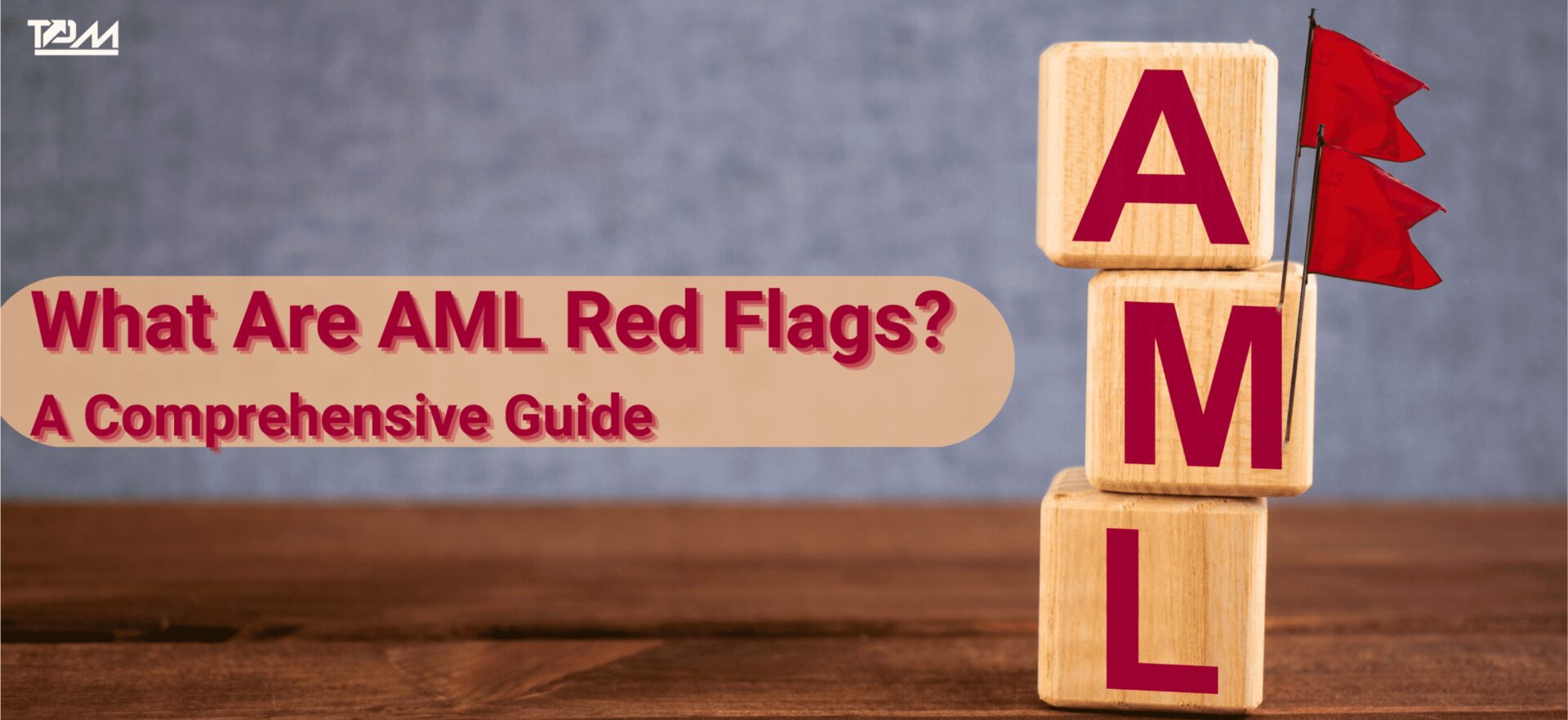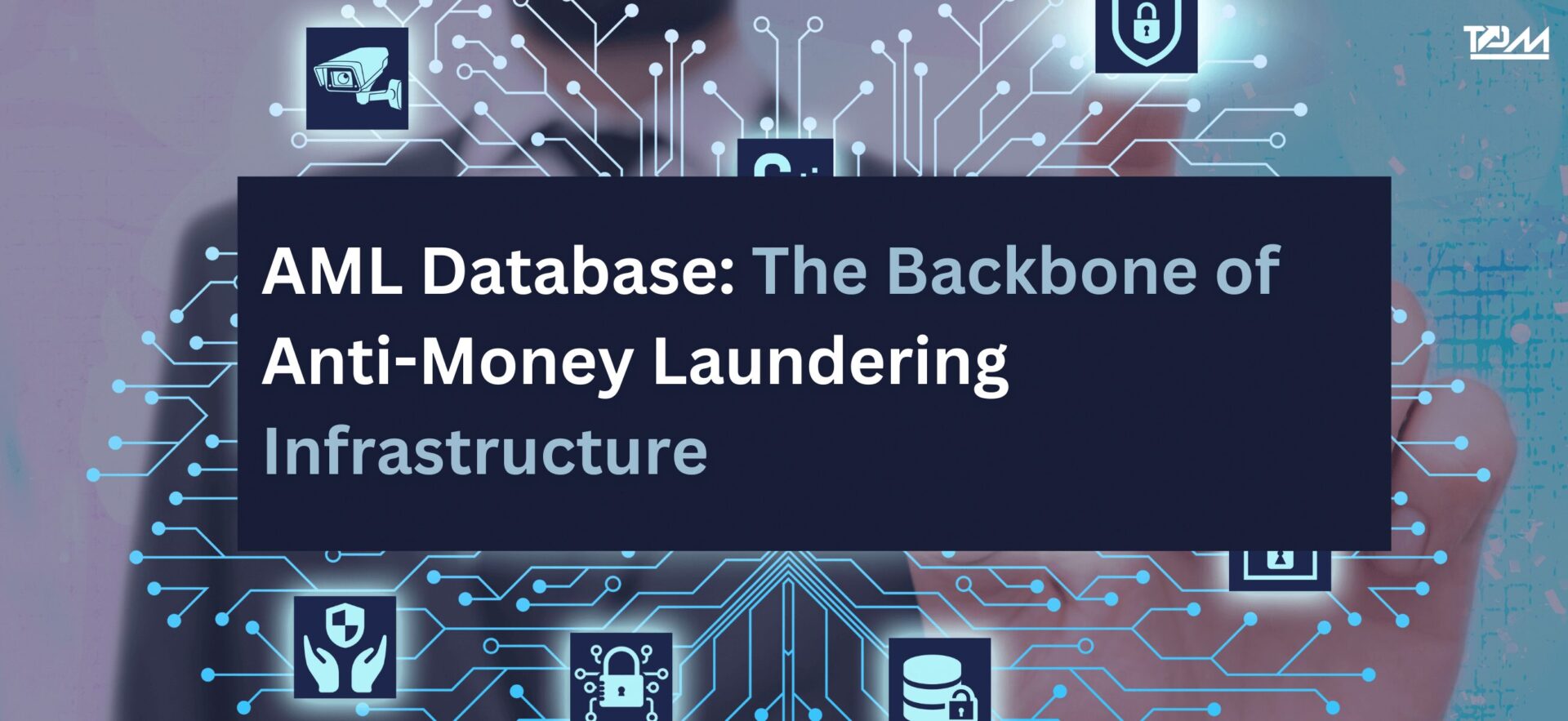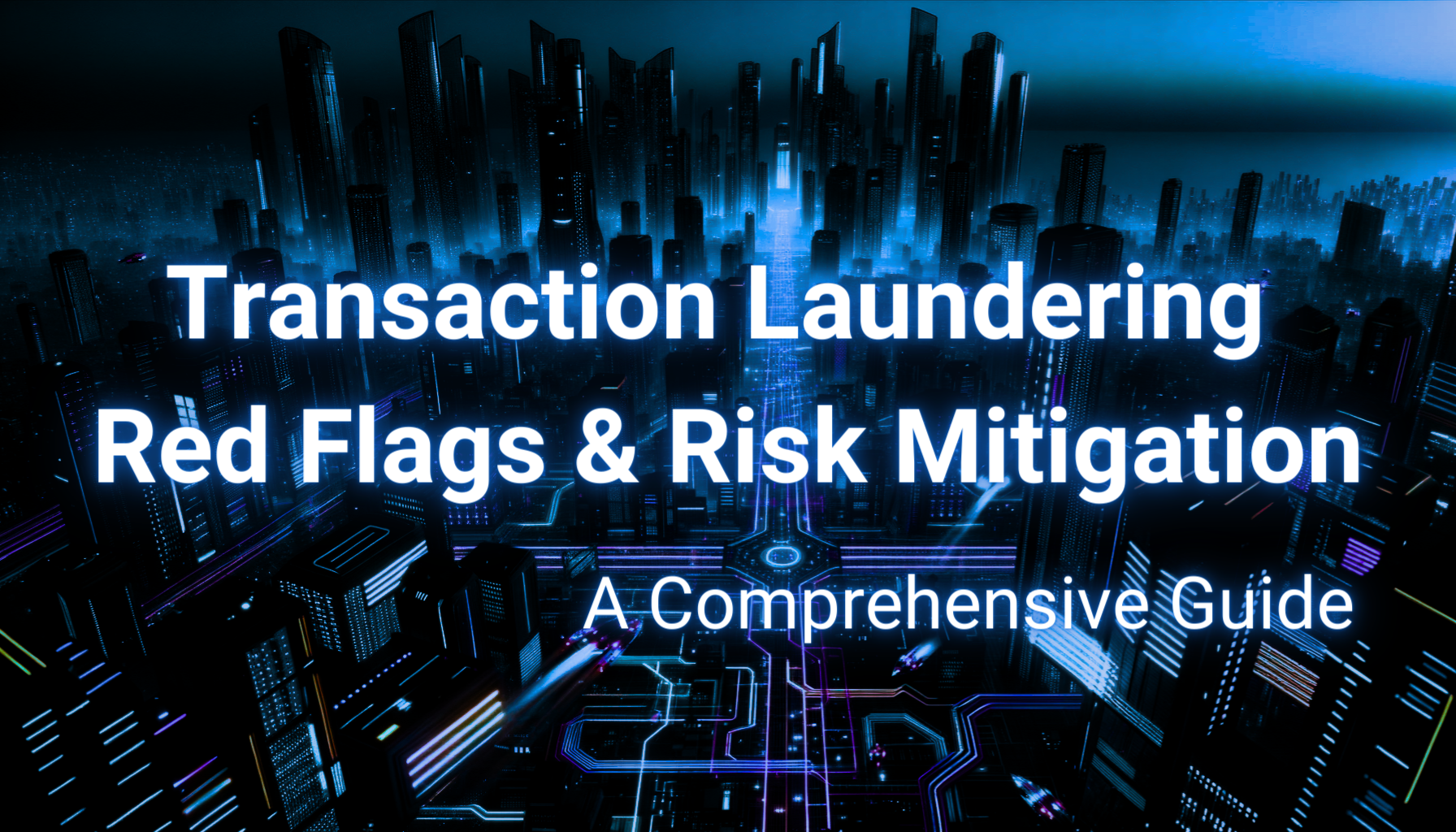Transaction Laundering: A Two-Pronged Strategy
Amidst the surge of online transactions, transaction laundering serves as a conduit for a myriad of illegal activities. Illegal activities associated with transaction laundering include the sale of unauthorized pharmaceuticals, gambling services, adult content, prohibited weapons, and counterfeit goods.
Criminals employ a two-pronged strategy:
- They operate an illicit online store while simultaneously routing card payments through a legitimate merchant’s Payment Service Provider (PSP) account.
- This PSP then contacts the acquiring bank to finalize the transaction, culminating in the deposit of laundered funds into the criminal’s bank account.
Intriguingly, the legitimate merchant may either be complicit in this scheme or an unwitting victim, with their website compromised to enable criminal activity.
Detecting Transaction Laundering
To better understand and combat this issue, various metrics can be useful. One such resource that sheds light on this is an Experian report on FinCrime Transactional Data Sharing, which suggests that three key metrics to profile businesses are Age, Sector, and Number of Employees. Understanding these factors can be instrumental in detecting transaction laundering schemes.
We will discuss the roles of legitimate merchants, either as enablers or victims, further in the article.
Transaction Laundering: Common Scenarios & Typologies
Transaction laundering, often labeled as “factoring” or “undisclosed aggregation,” continues to exploit the vulnerabilities in our increasingly digital payment ecosystems. Findings from the Equifax Identity and Fraud Trends Report Q2 2021 underline the significance of this problem. Within this report, there’s a standout statistic: a 40% rise in cases where individuals use another person’s good credit to mask their own questionable or fake credit profiles, especially since the start of COVID-19. This trend is a clear indication that those committing financial crimes, like transaction laundering, are constantly finding new, clever ways to go unnoticed.
Typical Scenarios Criminals Exploit
Shell Company Deception: Often, the merchant looks legitimate but is a shell company set up to secure a merchant account. This is a common approach.
Complicit Partnerships: In many instances, a legitimate merchant is offered a commission by an illicit merchant for the use of their merchant account.
Hidden Illicit Activities: Some merchants operate both visible and hidden businesses, the latter being rogue sites accessible only to selected customers.
Unwitting Victims: In rarer cases, legitimate merchants are used unknowingly by illicit actors for illegal transactions.
These scenarios emphasize the need for more robust detection and prevention mechanisms.
Typologies Exploiting Payment System Weaknesses
Disconnected Payments (MOTO): Operators bypass online systems and use Mail Order Telephone Order methods, obscuring the fund’s destination.
URL Switcheroo: During a purchase attempt, customers are redirected to another site for payment, causing confusion for banks and payment providers.
Industry Affiliates: Affiliated businesses may assist in processing transactions, either knowingly or unknowingly, making it hard to trace illicit funds.
Diversified Checkout: Payments are presented under different merchant names, making identification of the true recipient challenging.
These typologies serve as further proof of the need for improved response times in risk management within the payment ecosystem.
Identifying Red Flags in E-commerce to Spot Transaction Laundering
The user experience can often serve as a revealing lens for spotting transaction laundering. Unlike legitimate businesses focused on customer satisfaction, launderers typically neglect key features that enhance online shopping. A poorly designed, difficult-to-navigate website may not just be a sign of incompetence; it could very well indicate that the site was never meant to attract genuine customers, to begin with. By paying attention to these indicators, risk teams can more effectively identify potential transaction laundering activities and take appropriate preventive measures.
Below, we categorize these indicators into four key areas: website design factors, transactional behaviors, customer interactions and product management.
Website Design Factors:
Website Legitimacy Analysis: Examine the new customer’s website for signs of authenticity, including website traffic and product offerings.
Aesthetic Inconsistency: During merchant onboarding, assess the website’s design and functionality. Fraudulent sites often lack the polish and appeal of legitimate competitors.
Frequent Policy Changes: Constant updates to a website’s terms of service or privacy policy may indicate an attempt to stay ahead of regulatory scrutiny.
Transactional Behaviors:
Sales Data Scrutiny: Evaluate the site’s sales projections and actual figures. Inconsistent or inexplicable sales growth can be a red flag.
Product-Volume Mismatch: Be wary of sites where ongoing sales volumes don’t align with the types of products being sold.
Payment Gateway Patterns: Unusual or complex payment gateway setups can indicate an attempt to obscure transaction origins.
Customer Interactions:
Customer Reviews: A lack of customer reviews or an abundance of generic, positive reviews can be suspicious.
Inconsistent Pricing: Prices that are significantly lower or higher than market rates can be a sign of illicit activity.
Unusual Traffic Sources: A high volume of traffic from countries or IP addresses that are not typically associated with the merchant’s market could be a warning sign.
Inventory and Product Management:
Rapid Inventory Changes: Frequent changes in available products may indicate an attempt to evade detection.
Stock Level Inconsistencies: Fluctuating stock levels that do not correspond with sales data can raise concerns.
Seasonal Inventory Mismatches: Stocking items that don’t align with the season or expected buying trends might be considered suspicious.
By paying attention to these indicators, risk teams can more effectively identify potential transaction laundering activities and take appropriate preventive measures.
The Imperative of Global Compliance for Merchant Service Providers
The urgency for Merchant Service Providers (MSPs) to address transaction laundering cannot be overstated. This matter is critically important for all stakeholders involved, including Acquirers, Card Brands, Payment Service Providers, and Payment Facilitators. The proliferation of online platforms selling illegal goods has been inadvertently facilitated by lax underwriting standards, making the problem more acute.
To effectively combat this form of financial crime, MSPs need to go beyond traditional Know Your Customer (KYC) protocols. A more comprehensive approach involves verifying digital information to accurately identify both the customer and the Ultimate Beneficial Owner (UBO) of the companies they service.
Regulatory oversight is intensifying. Institutions face the risk of substantial fines for non-compliance with Anti-Money Laundering regulations, irrespective of their direct involvement in illicit transactions. Agencies like FinCEN are developing new preventive measures, and the European Union has already enacted stricter guidelines through its 4th and 5th Anti-Money Laundering Directives (AMLDs).
The stakes are high. Financial penalties are just the tip of the iceberg; the reputational damage incurred from facilitating illegal transactions can be devastating and long-lasting. Therefore, MSPs must invest in more effective and innovative solutions for identifying and mitigating the risks associated with transaction laundering. This proactive approach is essential for aligning with regulatory expectations and safeguarding the integrity of the financial system.
AML Solutions for Combating Transaction Laundering Risks
As illicit payments swell in volume, oversight bodies and credit card companies are ramping up efforts to prevent a potential fraud epidemic. The onus is increasingly falling on payment handlers and acquirers to vet their merchant partners rigorously.
The mandate for adhering to Anti-Money Laundering (AML) standards has never been more urgent. This includes not just basic Know Your Customer (KYC) checks but also comprehensive due diligence.
To unearth concealed risks, financial entities should zero in on the ownership structures of their customer base. This deep-dive approach can unearth hidden illicit activities and is crucial for any robust risk management strategy.
For payment providers, especially those interfacing with digital platforms, screening should be both thorough and technologically advanced. Partnering with tech firms can offer the granular data needed to meet stringent AML requirements. Adopting a dynamic monitoring system that scrutinizes both financial and operational metrics for anomalies is also advisable.
By embracing these proactive strategies, payment entities can mitigate the escalating dangers of transaction laundering and stay ahead of regulatory shifts.
The Relevance of the 2023 State of Omnichannel Authentication Report
Financial institutions face mounting vulnerabilities to account takeovers, often initiating at points as common as call centers. This concern is substantiated by TransUnion’s 2023 State of Omnichannel Authentication Report, which reveals that 33% of organizations suspect these breaches often originate in such locations. These unauthorized entryways not only put individual account holders at risk but also open the door for transaction laundering. Addressing this multi-faceted issue requires the adoption of cutting-edge, real-time transaction analysis algorithms and comprehensive multi-channel monitoring. This tactical approach is not only in line with the report’s recommendations but is also crucial for both customer safety and compliance with regulatory guidelines.
Conclusion
This research serves as an exhaustive guide for understanding the complexities of transaction laundering in the age of digital commerce. It ties together the importance of identifying red flags, comprehends the regulatory pressures on financial institutions, and underscores the significance of adopting technology-driven solutions for AML. This report aims to be a valuable resource for financial entities keen on enhancing their Anti-Money Laundering strategies. Let’s lay the groundwork for future investigation on the effectiveness of technology-based risk mitigation strategies.




